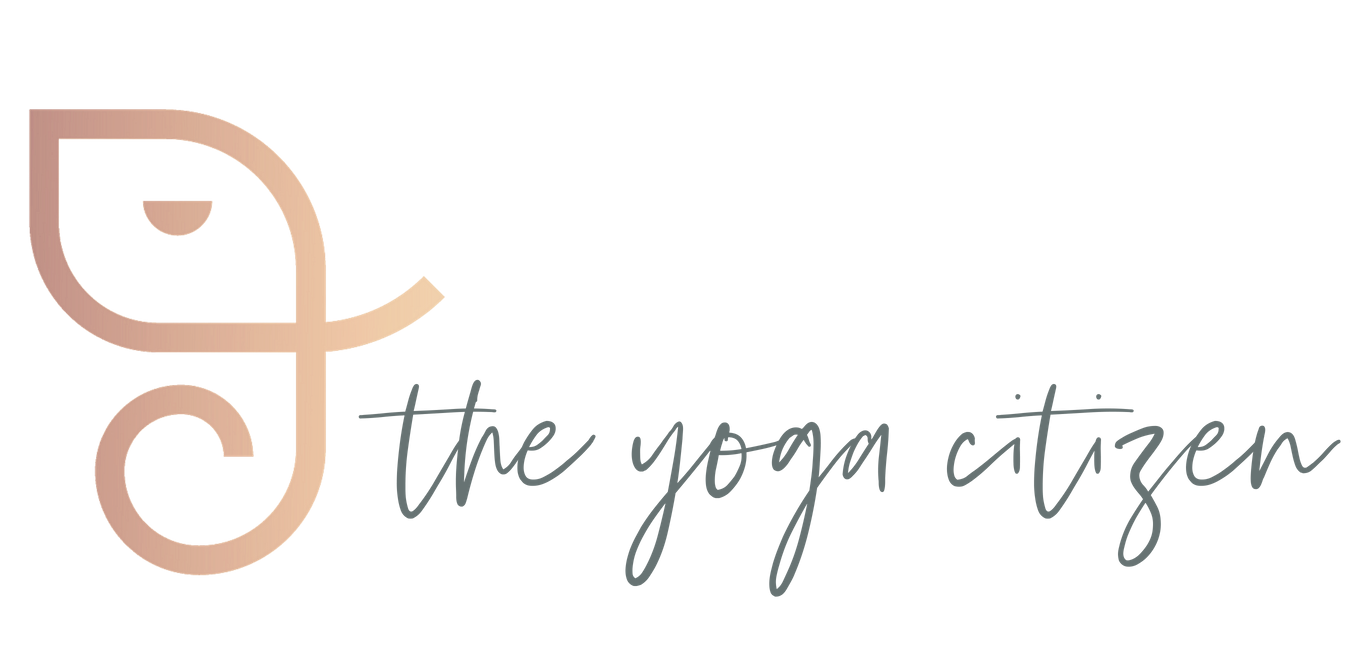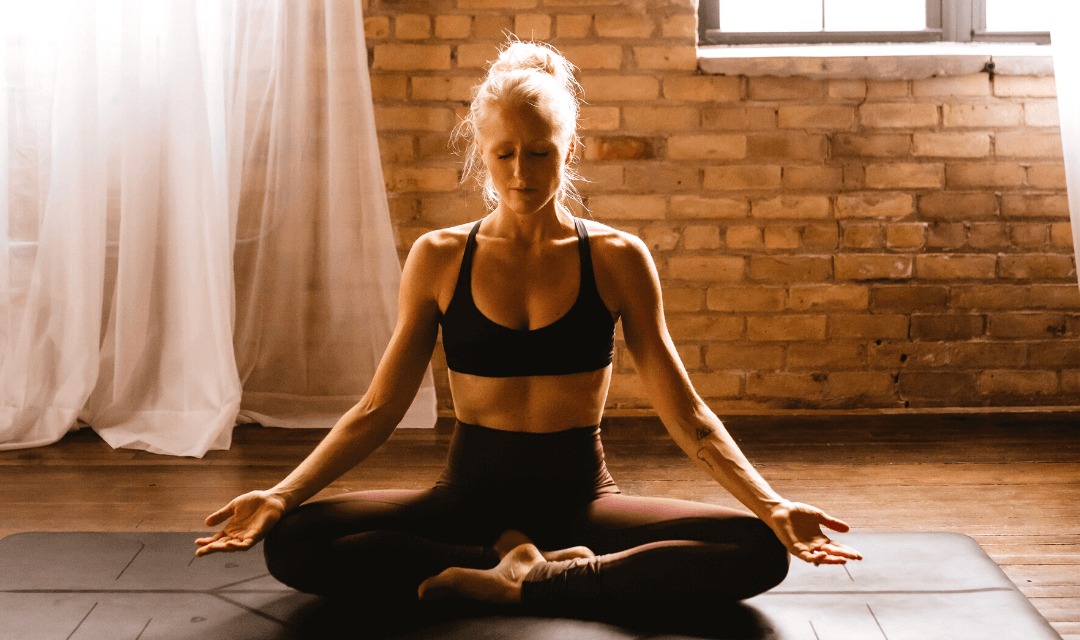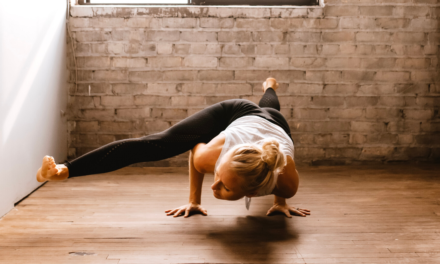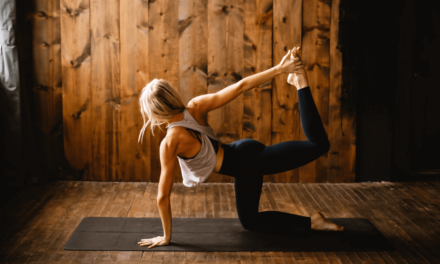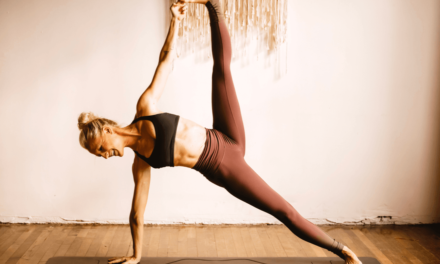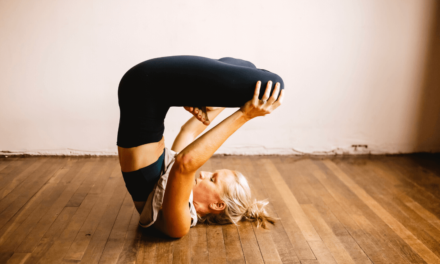Your breath is the greatest tool in your toolbox when it comes to relieving stress, slowing down, and lowering frustration.
Why do you think your yoga teacher is always telling you to breathe?
Well, scientifically speaking, deep breathing sends a message to your brain to calm down. It does do by exerting fresh oxygenated blood throughout your body to calm your nerves and to simply relax by calming your flight or fight instinct.
But there’s more. Mindful breathing can also:
- Increase your natural energy
- Improve your respiratory system
- Calm the nervous system
- Release muscle tension
- Improves the cardiovascular system
- Improves focus and overall mental state
In a yoga class, the postures are actually intended to challenge our breath. Crazy right?
But as with everything we do in the yoga room, there is a lesson behind it.
If we can cultivate a slow and deep breath while holding a yoga posture, we can take that lesson and challenge to when life hands us an unwelcome situation to breathe through it with grace and control.
And that is Pranayama, breath control. Prana translates to meaning “life force” aka energy.
By controlling your breath, you are taking control of the situation around you and inviting the right kind of energy to make sound and rational decisions and actions.
When you can’t get to a yoga class, here are X breathing exercises you at do at home, in your car, or wherever you may be to invite some zen back into your life.
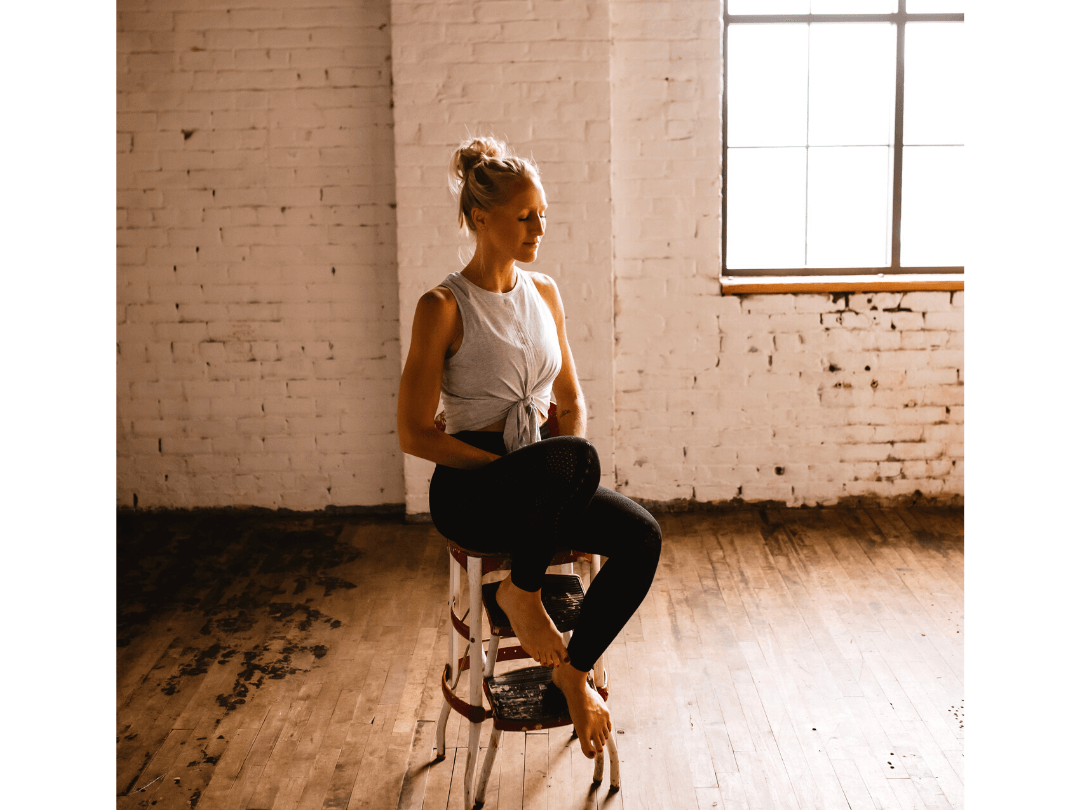
4 Yoga Breathing Techniques to Reduce Stress
1. Sama Vritti (Equal Breathing)
Good For:
Falling asleep faster and overall relaxation in your mind and body
How To:
- Sit or lay down comfortably (if on your back, try planting your feet hip-width distant to allow your low back to relax on the ground).
- Inhale to the count 4, hold for a count of 4, exhale to the count of four
- Continue for 4-8 rounds
- Make your way up to a count of 6 and then 8
2. Nadi Shodhana (Alternate Nostril Breathing)
Good For:
Refocusing and reenergizing to quiet and still your mind
How To:
- Find a comfortable seated position.
- Draw one hand to your nose and exhale out as you close your right nostril with your thumb
- Inhale in through your left nostril and then close the left nostril with your index finger
- Release your thumb to open up your right nostril and exhale your air out
- Inhale through your right nostril and then close it off with your thumb
- Release your index finger and exhale your air out
- This is one cycle. Continue for 4-8 rounds
3. Progressive Muscle Relaxation
Good For:
Releasing tension in your physical body
How To:
- This breathing technique will draw attention to your entire body.
- Start in a comfortable seated position or lay down
- Close your eyes and tense up each muscle group one at a time. Inhale and hold each muscle group for 5 seconds. Exhale to soften the muscle group you are working
- Start at your toes/feet, then move up to your knees, thighs, glutes, abdominals, fingers, and hands, arms, neck, jaw and facial muscles.
- Take 10 slow breaths when done to fully soften the entire body
4. The Classic 10 Deep Breaths or Belly Breathing
Good For:
A quick remedy to relax in a challenging or stressful situation
How To:
- Sit or lay down comfortably
- Place your right hand on your belly and your left hand on your heart
- Inhale slowly through your nose and focus on filling up your belly (rather than your chest)
- Exhale slowly either through your nose or with a slight gap between your lips out your mouth
- Continue for 10 breaths
- As you breathe, pay attention to your heart rate and feel it slow down as you deepen and slow your breath. The physical proof will show you that this technique works!
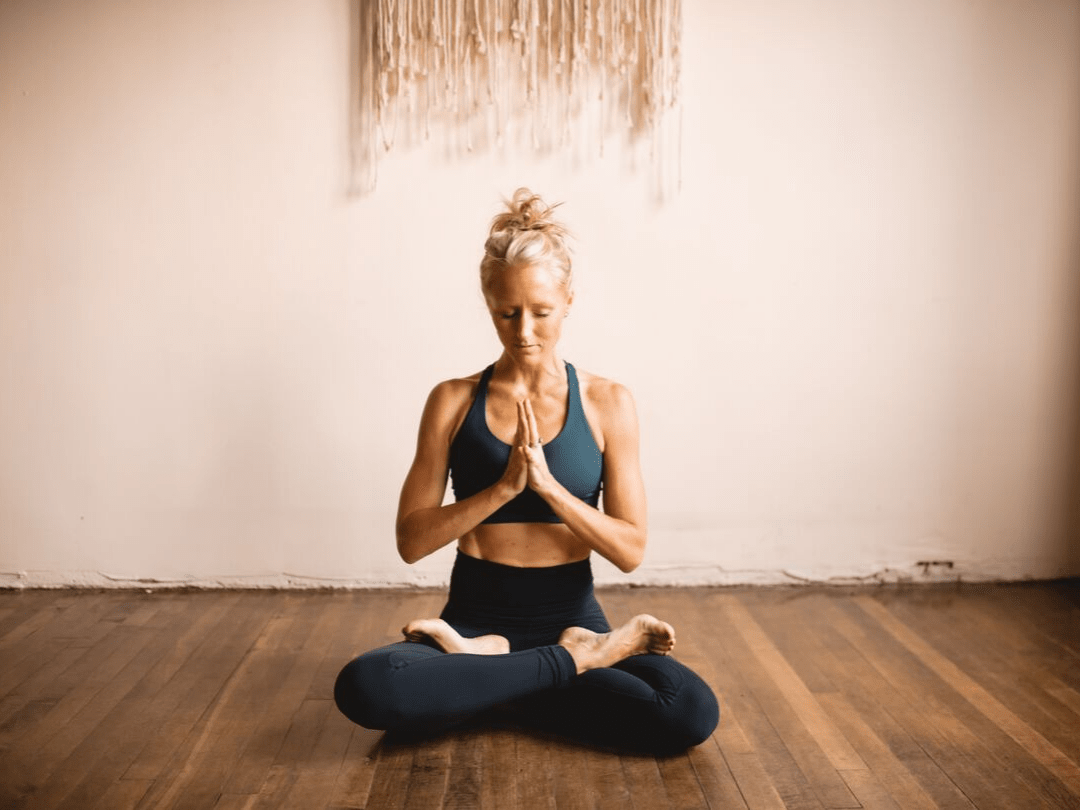
Life is challenging, there is no doubt about it. We can’t control everything that happens to us or around us, but we do have control over how we react.
Your breath is your greatest tool for operating from a place of grace, love, and compassion.
Pranayama, or life force, is just that, it’s the force of life that we can either invite fresh energy into or ignore it and let it defend itself.
When you feel a stressful moment coming on or something big is coming up that is giving you anxiety, take control by using breath control. You’ll calm yourself down and more than likely those around you as well.
Breathe deep in yoga to learn and study yourself. Note when and why your breath becomes too shallow. Are you pushing yourself too far, are you trying to compensate for something by ignoring a message your body is telling you? Listen to your breath to give you cues of what you need to do.
Breathe deep in life to apply what you’ve learned on your yoga mat. Where do you need to back off and where can you expand your breath and calm down?
“For breath is life, and if you breathe well you will live long on the earth. “ – Sanskrit Proverb
